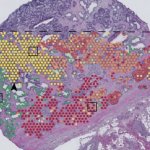
Video • Clonal somatic mutations
How does cancer grow? Genetic mapping gives new insight
Researchers from the UK and Sweden have found that individual prostate tumours contain a previously unknown range of genetic variation.

Researchers from the UK and Sweden have found that individual prostate tumours contain a previously unknown range of genetic variation.
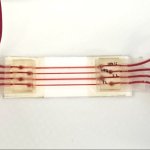
Researchers at McMaster University create device to replicate conditions in blood vessels after grafts.
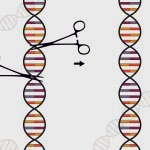
Researchers identify critical spots on the genome where gene editing could cause an unwanted response, and they provide recommendations for safer approaches.

A comprehensive assessment of scientific literature has uncovered empirical evidence that more than 58% of human diseases caused by pathogens, such as dengue, hepatitis, pneumonia, malaria, Zika, have been aggravated by climatic hazards.

Cardiomyopathy is not a uniform disease. Rather, individual genetic defects lead to heart failure in different ways, an international consortium reports.
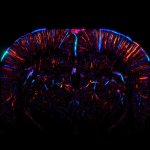
Functional ultrasound localization microscopy (fULM) captures the cerebral activity at the micron-scale, opening up major future clinical perspectives for the diagnosis of cerebrovascular pathologies.
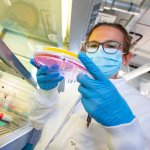
Researchers have developed adeno-associated virus variants that target heart muscle cells and can thus be used for the precise treatment of heart diseases.
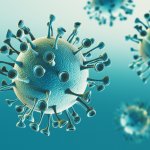
Researchers propose a new Covid-19 vaccine that specifically instructs the immune system to produce T-cells rather than antibodies - a promising alternative for people with a weakened immune system.

Researchers have identified an enzyme that is a promising new therapeutic target to combat the dangerous bacterial disease melioidosis.

It is often believed that a close relationship between owners and their dogs can bring many mental health benefits to owners, but findings from a new study paint a more complicated picture.

Long Covid sufferers have experienced a wider set of symptoms than previously thought including hair loss and sexual dysfunction, new research has found.

Indwelling catheters through the urethra often cause bacterial infections. A newly discovered synthetic peptide is a promising treatment option, even against antibiotic-resistant pathogens.

A sensor identifies misfolded protein biomarkers in the blood. This offers a chance to detect Alzheimer's disease before any symptoms occur. Researchers intend to bring it to market maturity.
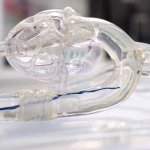
A spin-off from ETH Zürich has developed a magnetically steerable catheter for quick and safe stroke treatment that no longer requires surgeons to be on site.
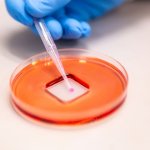
A sprayable coating that can prevent the surface spread of infection from bacteria and viruses – including Covid-19 – over a sustained period has been developed by Australian researchers.
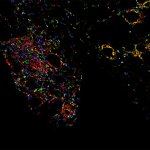
Cancer immunotherapy is a successful treatment form in oncology, but it doesn't work for every patient. One problem may be the lack of a specific type of immune cell in the tumor, researchers found.
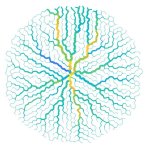
Networks adapt over time and in this way form a kind of memory. German researchers show that the structure of blood vascular network is dynamic and can adapt to external factors.
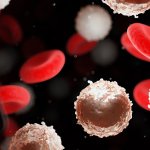
A blood test could predict risk of developing leukaemia in the elderly population years in advance by identifying changes in blood cell production, according to new research.

Researchers have been able to produce antibodies to the SARS-CoV-2 spike protein in hen eggs. Antibodies harvested from eggs might be used to treat Covid-19 or as a preventative measure.
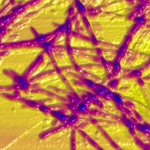
Copper exposure in the environment and the protein alpha-synuclein in the human brain could play an important role in the pathogenesis of Parkinson's disease, researchers found.

Older people with hypothyroidism, also called underactive thyroid, may be at increased risk of developing dementia.
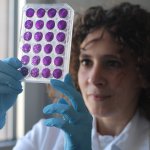
By comparing the neutralisation capacity induced by the different variants of SARS-CoV-2, a team from Geneva reveals the exceptional capacity of Omicron to evade our immunity.
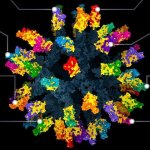
A new type of vaccine provides protection against a variety of SARS-like betacoronaviruses, including SARS-CoV-2 variants, in mice and monkeys, according to a new study.
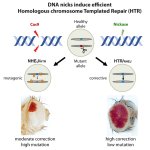
A new approach makes use of natural DNA repair machinery and provides a foundation for novel gene therapy strategies with the potential to cure a large spectrum of genetic diseases.
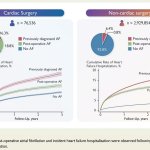
People who develop an abnormal heart rhythm after surgery have an increased risk of subsequently being admitted to hospital with heart failure, according to a study of over 3 million patients.